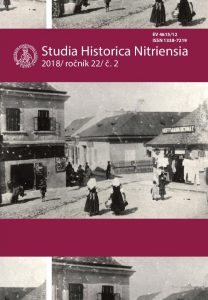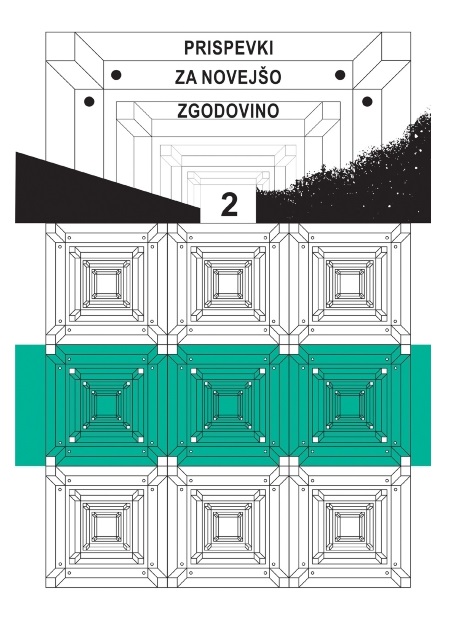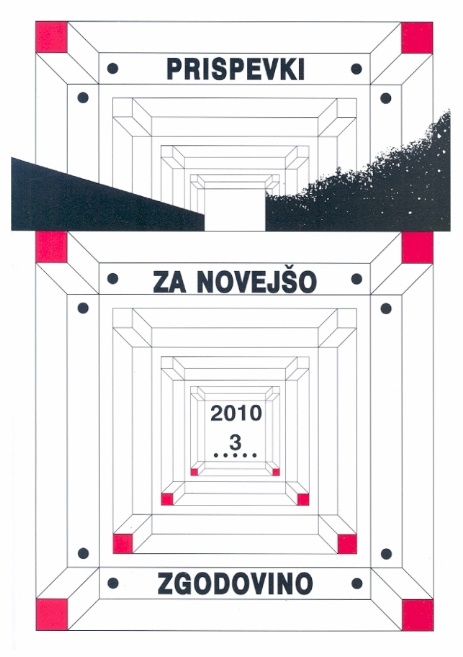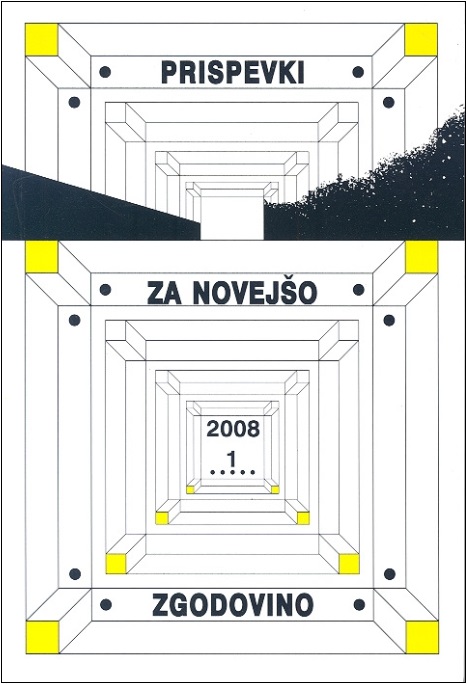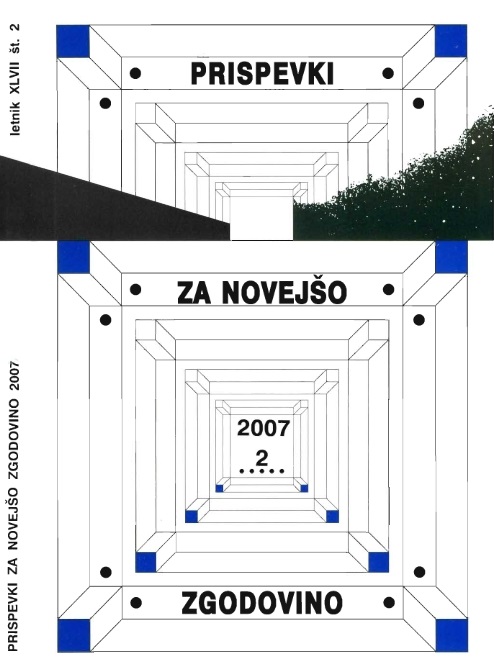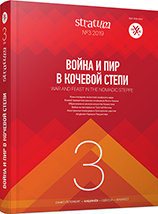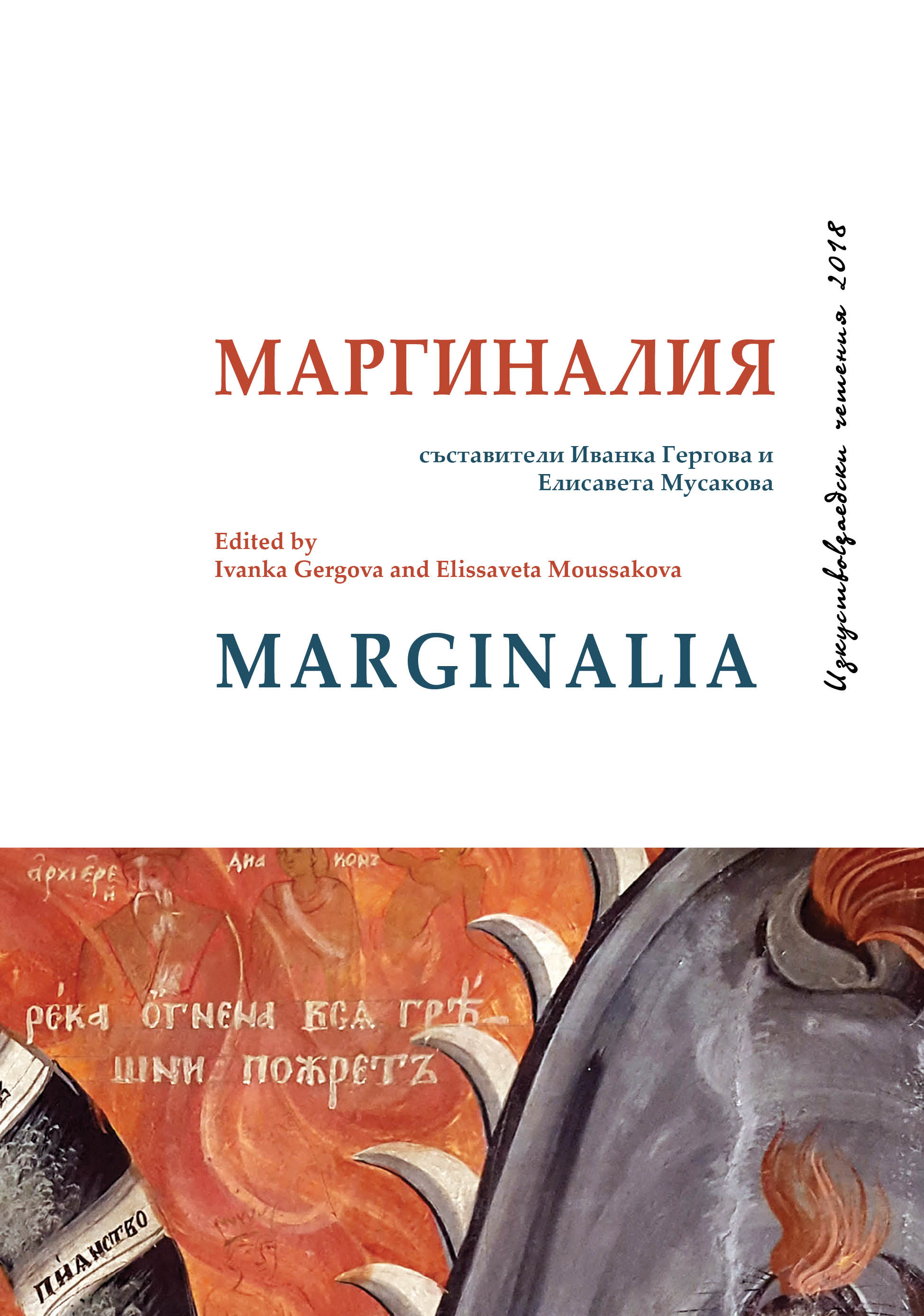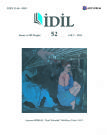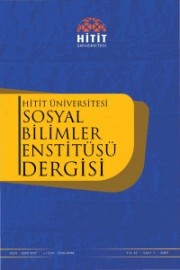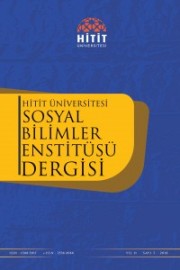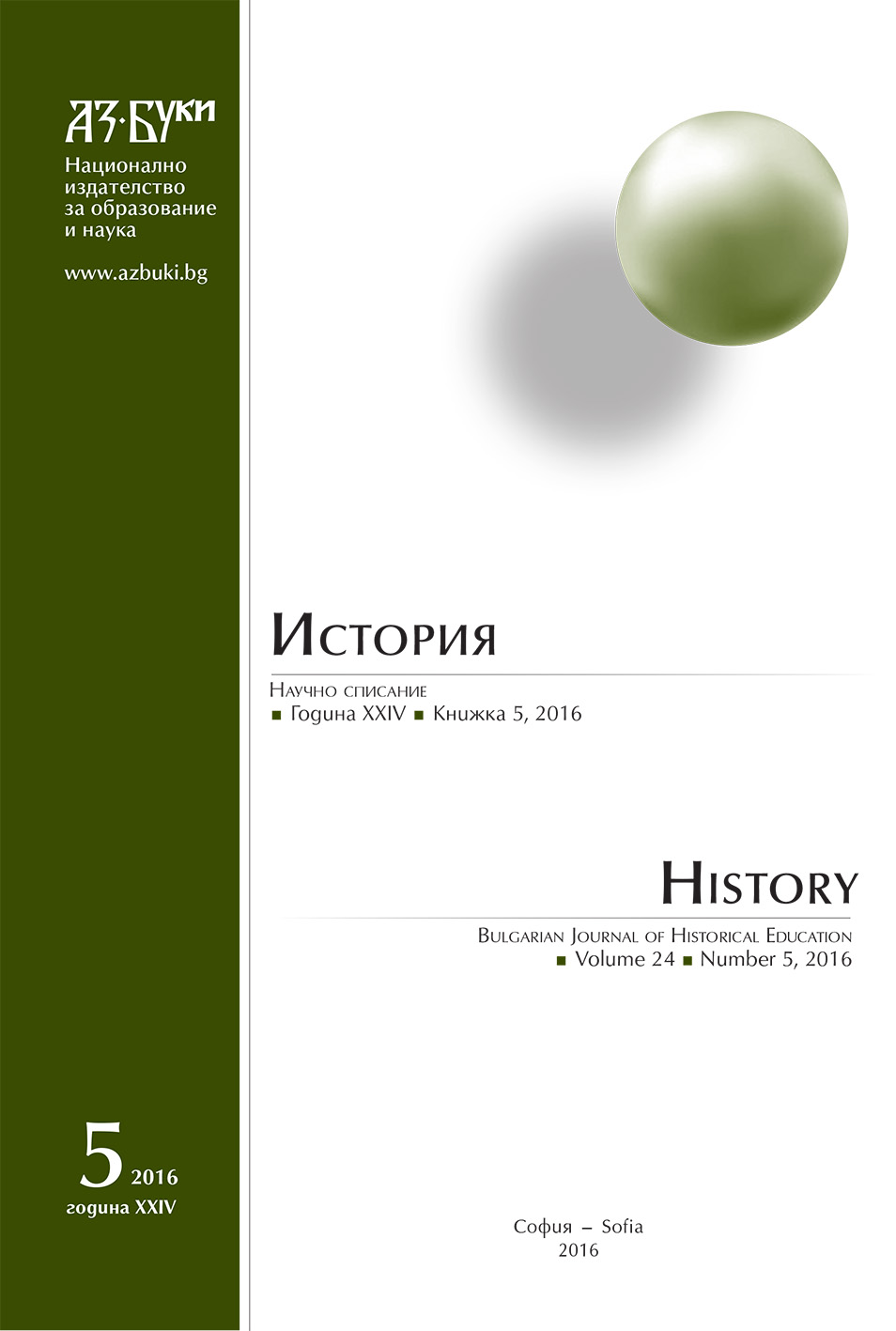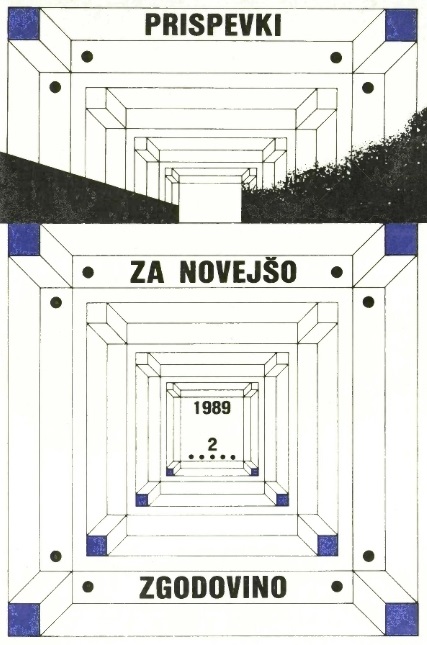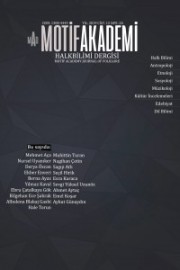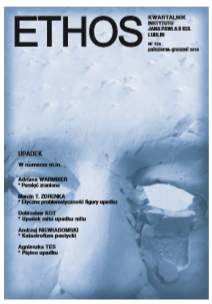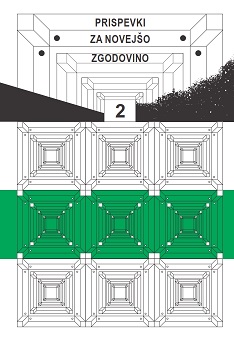
Leni Riefenstahl v službi Tretjem rajhu
Leni Reiefenstahl, Hitler’s personal film director, produced four documentary propaganda films following Hitler’s instructions for the needs of the Nazi Party. The article presents the theoretical framework that serves as the basis for the practical part, i.e. the analysis of these films. The discussion covers the period from 1933 to 1938, when Reiefenstahl did her work for the Nazi regime. The then Reich Minister of Propaganda Joseph Goebbels used her films very effectively as part of his propaganda strategy. The Triumph of the Will made the greatest impact in terms of propaganda, ideology and politics, whereas the ideology of the Aryan race was most strongly supported in Olympia. The film is defined as a historical source and presented is its historic value.
More...
